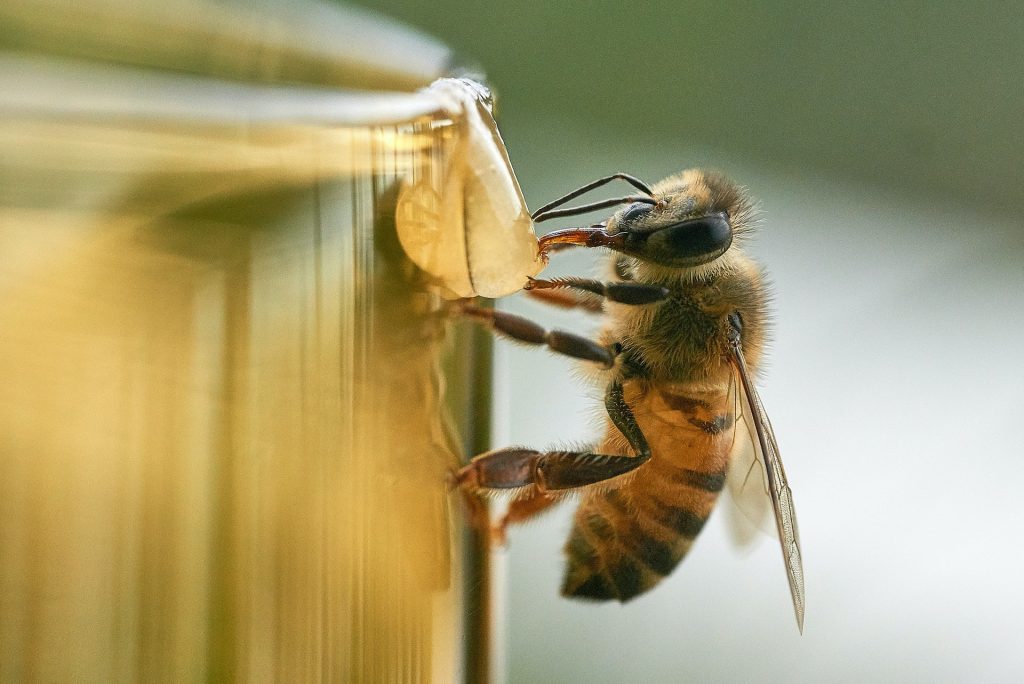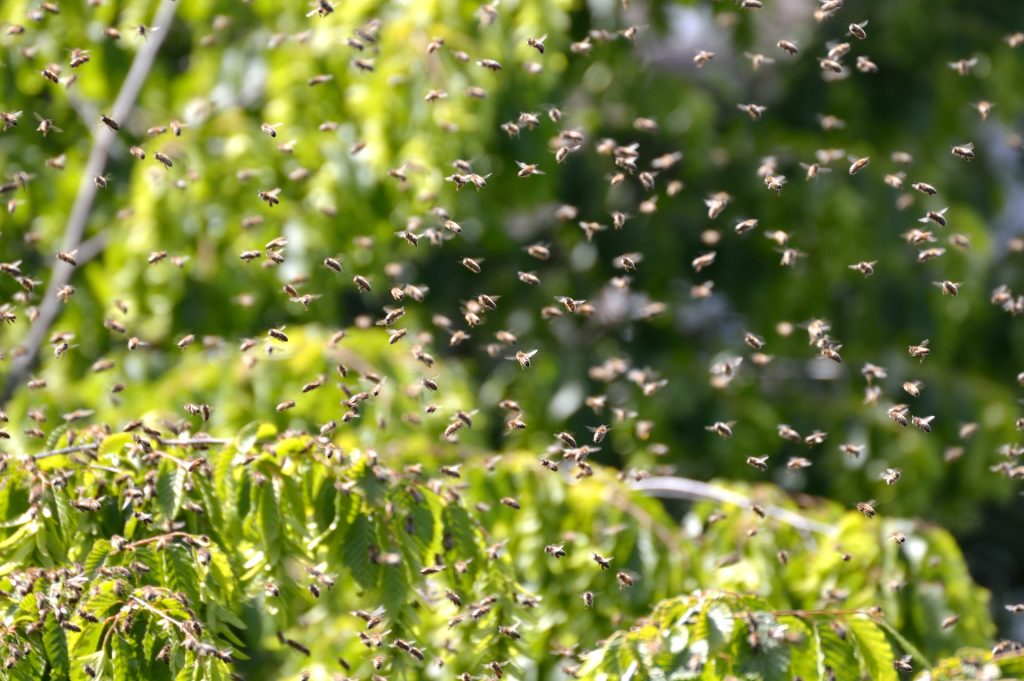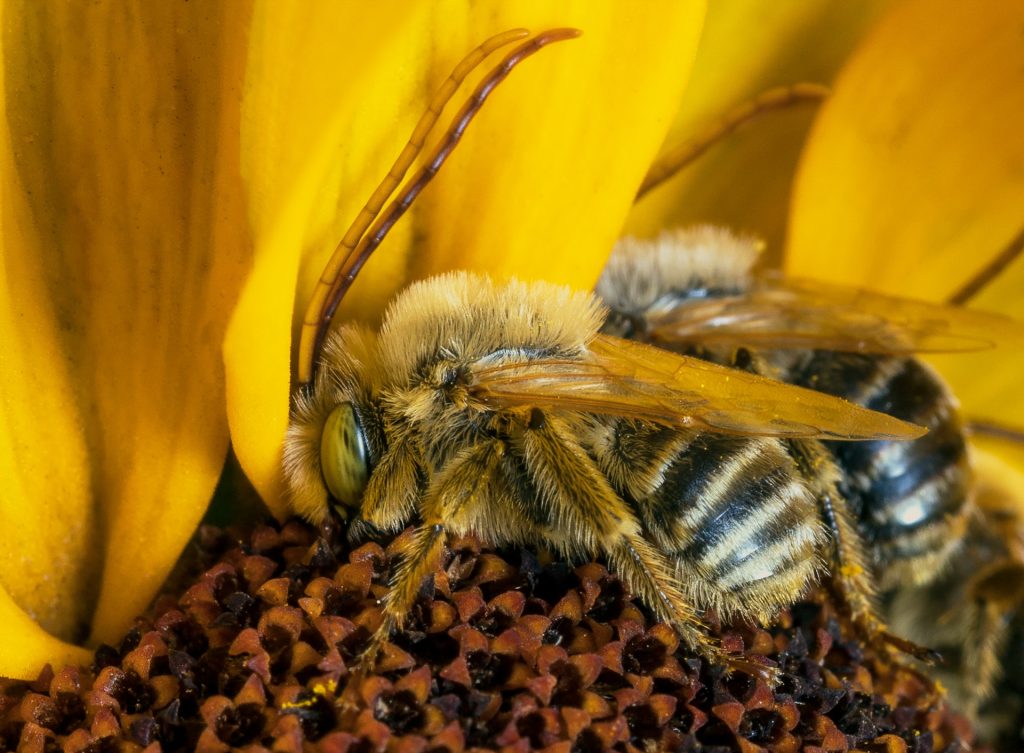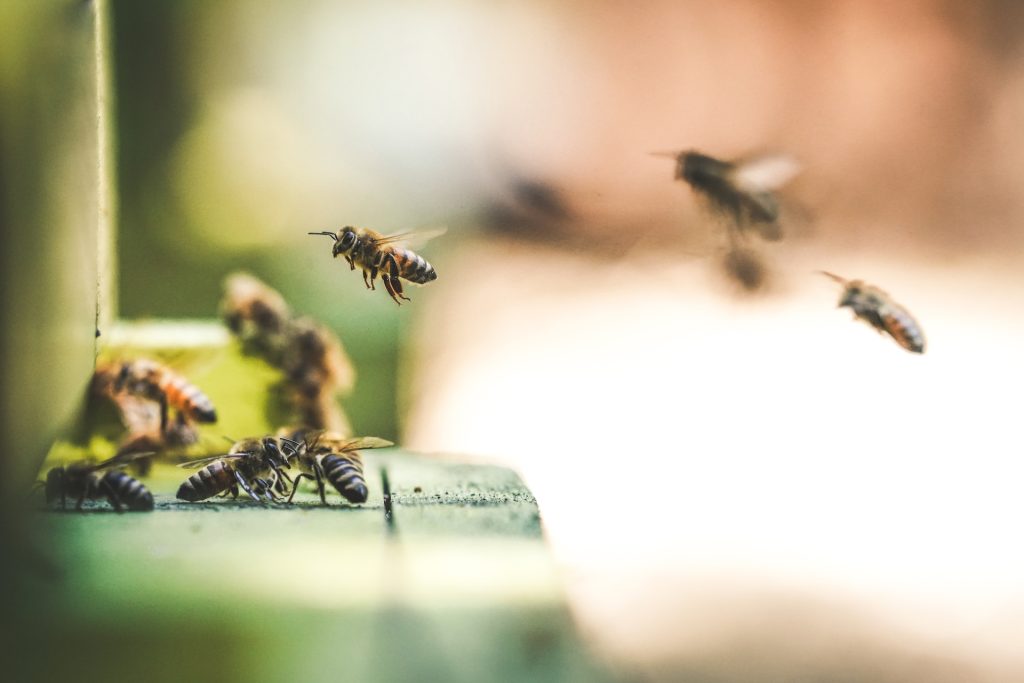Bees play a crucial role in pollinating a wide variety of crops, but in recent years, they have been experiencing devastating losses due to Colony Collapse Disorder (CCD). This mysterious phenomenon is affecting bee populations worldwide and poses a significant threat to our food supply. In this article, we will explore what CCD is, its causes and impact, signs and symptoms of CCD, and most importantly, how we can help save the bees.
What is Colony Collapse Disorder?
CCD is a phenomenon where adult worker bees abandon their hive, leaving behind their queen and a few nurse bees. The hive is left intact, with plenty of food and honey, but without the worker bees, the colony cannot survive. CCD has been observed in honey bees, which are essential for pollinating a third of the world’s crops. The cause of CCD is still unknown, but scientists believe it is a combination of factors such as pesticides, habitat loss, disease, and climate change.
Causes of CCD and Its Impact
One of the leading causes of CCD is the use of pesticides. Pesticides contain chemicals that are toxic to bees, and when bees are exposed to them, it can weaken their immune system and make them more susceptible to disease. Habitat loss is another contributing factor, as bees need a diverse range of flowers to feed on. Climate change is also causing flowers to bloom earlier or later than usual, throwing off the timing of the bees’ life cycle. The impact of CCD is dire, as it poses a significant threat to our food supply. Without bees to pollinate crops, the food we rely on would become scarce, and prices would skyrocket.
Signs and Symptoms of CCD
The signs of CCD are subtle and can be challenging to detect. The first sign is the sudden disappearance of adult worker bees, leaving behind a queen and a few nurse bees. The hive is usually left intact, with plenty of food and honey. Another sign is a lack of dead bees or signs of struggle. The remaining bees are usually healthy, indicating that the bees did not die from disease or predation. The queen and remaining bees will eventually die without the worker bees, leading to the collapse of the colony.
Taking Action: How to Help the Bees
There are several ways we can help save the bees, starting with reducing our use of pesticides. We can also provide a diverse range of flowers for the bees to feed on by planting a pollinator-friendly garden. Supporting local beekeepers by buying their honey and beeswax products can also help. Another way to help is to reduce our carbon footprint by walking, biking, or using public transportation instead of driving. Climate change is a significant factor in CCD, and reducing our carbon footprint can help slow it down.
In conclusion, Colony Collapse Disorder is a global phenomenon that poses a significant threat to our food supply. While the cause of CCD is still unknown, we can take action to help save the bees. By reducing our use of pesticides, planting pollinator-friendly gardens, supporting local beekeepers, and reducing our carbon footprint, we can all make a difference. Together, we can help ensure that future generations will have a thriving bee population to pollinate the crops that feed us all.






